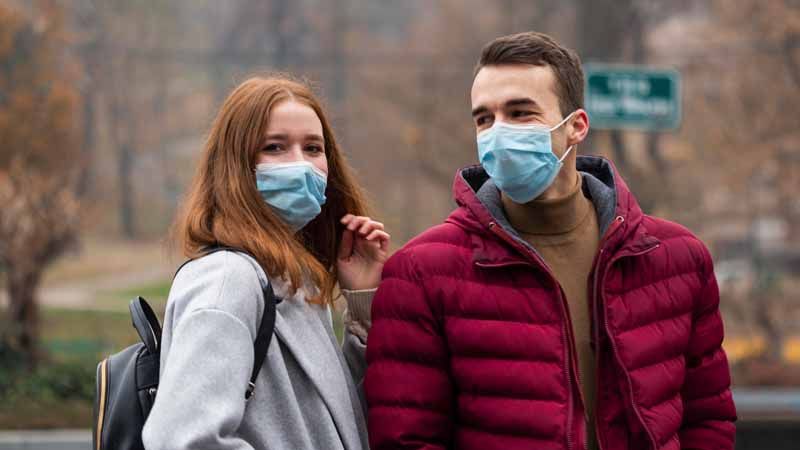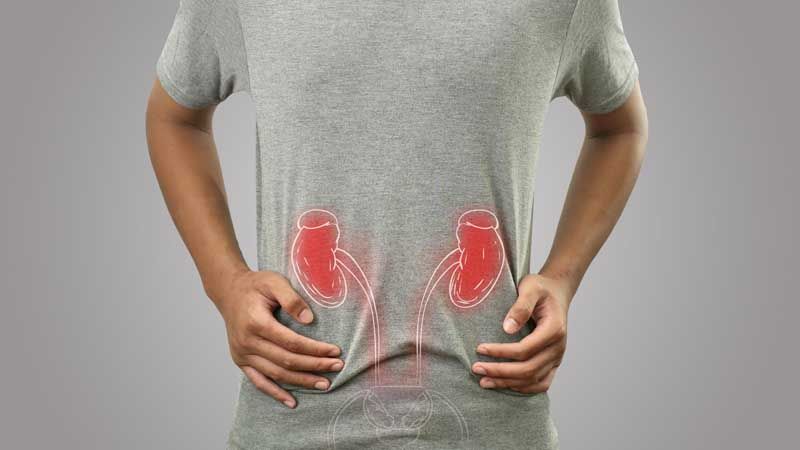Sty - A Bump On Your Eyelid
- 9 months ago
A sty, also known as a hordeolum, is a small, painful bump that appears on the eyelid. While it can be uncomfortable and unsightly, it is usually harmless and resolves on its own. Understanding the causes, symptoms, and treatment options can help you manage and prevent this common eye condition effectively.
What is a Sty?
A sty is a localized infection of the oil glands in the eyelid, typically caused by bacteria such as Staphylococcus aureus. It appears as a red, swollen lump near the edge of the eyelid and can sometimes be filled with pus. There are two main types:
- External Sty – Forms on the outer part of the eyelid, often near the base of an eyelash. It is more common and resembles a small pimple.
- Internal Sty – Develops inside the eyelid when an oil gland becomes infected. These are less common but can be more painful and take longer to heal.
Also Read: All About Eyes
Causes of a Sty
A sty occurs when bacteria infect a blocked oil gland or hair follicle. Some common risk factors include:
- Poor eyelid hygiene – Not washing the face or eyes properly can allow bacteria to build up.
- Touching or rubbing your eyes with dirty hands – Bacteria from your hands can easily transfer to your eyes.
- Using old or contaminated eye makeup – Expired or shared eye cosmetics can introduce bacteria to the eyes.
- Wearing contact lenses without proper cleaning – Improper lens hygiene can increase the risk of eye infections.
- Chronic conditions like blepharitis (inflammation of the eyelid) – This condition can make the eyelid more prone to infections.
- Stress and hormonal changes – These factors can weaken the immune system, making infections more likely.
- Poor nutrition – A lack of essential vitamins and nutrients can weaken your body’s ability to fight infections.
- Diabetes or a weakened immune system – People with compromised immunity are more prone to bacterial infections, including styes.
Must Read: Suffering from Eye Allergies? Here's How to Find Relief
Symptoms of a Sty
A sty is usually easy to identify due to its noticeable symptoms:
- A painful, red swelling on the eyelid that looks similar to a pimple or boil.
- Pain and tenderness around the affected area.
- A burning or itching sensation in the eye.
- A sensation as if there's something lodged in the eye.
- Increased tear production due to irritation.
- Crusting around the eyelid, especially in the morning.
- Sensitivity to light in some cases.
- In severe cases, blurry vision or an overall swollen eyelid.
Treatment for a Sty
Most styes resolve within a week without medical intervention. However, the following home remedies and treatments can help speed up the healing process:
1. Warm Compress
Applying a warm compress to the affected eye for 10-15 minutes, 3-4 times a day, can help reduce pain and encourage drainage. The heat helps open up the clogged oil gland, allowing the pus to drain naturally.
2. Maintain Good Hygiene
- Always wash your hands before touching your eyes to reduce the risk of bacterial infection.
- Clean your eyelids gently with a mild, baby-safe shampoo diluted in warm water.
- Avoid wearing eye makeup until the sty heals to prevent further irritation.
- Disinfect makeup tools regularly and replace old makeup products.
3. Avoid Popping the Sty
Never try to squeeze or pop a sty, as it can worsen the infection and spread bacteria to other parts of the eyelid.
4. Use Over-the-Counter Treatments
Antibiotic eye drops, ointments, or pain relievers can help if the infection persists. Always consult a doctor before using any medication.
5. Maintain a Healthy Diet
Eating a balanced diet rich in vitamins A, C, and E, as well as omega-3 fatty acids, can help support eye health and reduce the risk of infections.
Also Read: 5 Ways to Keep Your Eyes Healthy
When to See a Doctor?
While most styes heal on their own, seek medical attention if:
- The sty doesn’t improve within a week or worsens over time.
- Swelling spreads to other parts of the eye or face, indicating a severe infection.
- You experience severe pain, fever, or vision problems.
- The sty keeps coming back, as this could indicate an underlying condition.
- You have a chalazion (a painless lump on the eyelid), which may require medical treatment.
Preventing Styes
To reduce your risk of developing a sty, follow these preventive measures:
- Keep your hands and face clean – Wash your face daily and remove makeup before bed.
- Avoid touching your eyes frequently – If necessary, wash your hands first.
- Replace eye makeup every few months – Old makeup can harbor bacteria.
- Never share eye makeup or personal care items – Sharing increases the risk of infections.
- Clean your contact lenses properly before wearing them – Use only recommended cleaning solutions.
- Manage conditions like blepharitis or dry eyes – Regular eye care can reduce the risk of infection.
- Reduce stress and get enough sleep – A strong immune system helps prevent infections.
Final Thoughts
A sty may be a minor inconvenience, but proper care and hygiene can help prevent and treat it effectively. Most styes clear up with home remedies, but persistent or severe cases require medical attention. By following the right precautions and maintaining good eye hygiene, you can keep your eyes healthy and free from infections.









